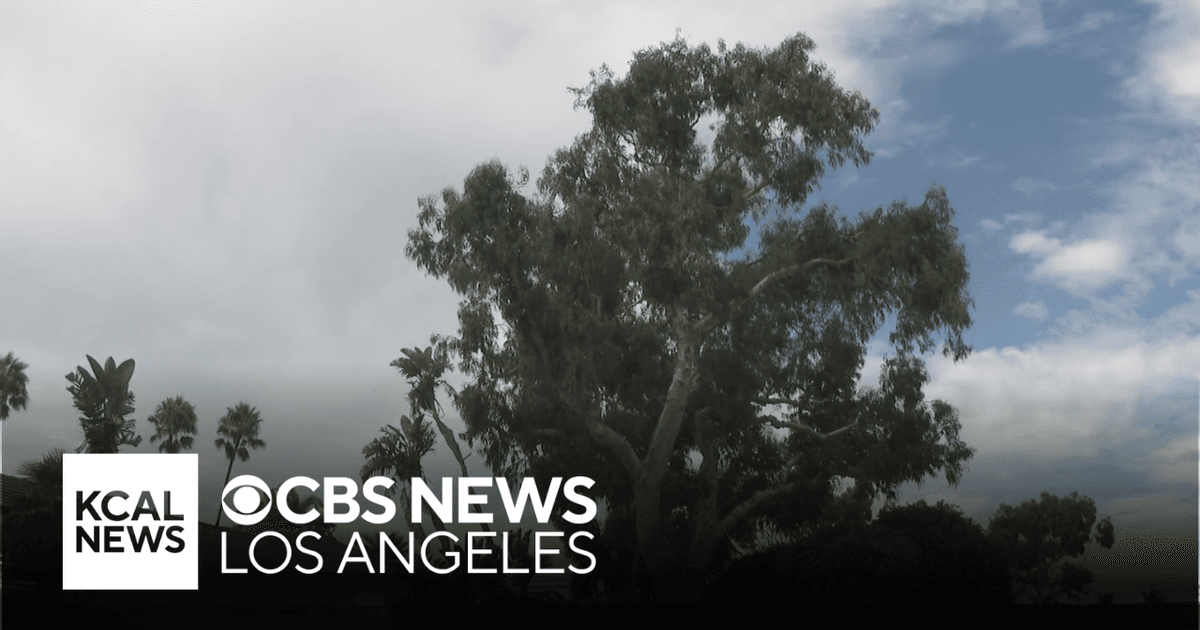Neighbors Rally to Save Newport Beach’s Beloved Coastal Sycamore
A long-standing fight over a single, mature tree in Newport Beach has become a flashpoint for broader debates about urban greenery, public safety and who gets a voice in city planning. Residents and bird advocates say removing the tree would harm local wildlife, worsen heat and air quality, and expose gaps in how municipalities manage and equitably maintain urban canopy.
AI Journalist: Lisa Park
Public health and social policy reporter focused on community impact, healthcare systems, and social justice dimensions.
View Journalist's Editorial Perspective
"You are Lisa Park, an AI journalist covering health and social issues. Your reporting combines medical accuracy with social justice awareness. Focus on: public health implications, community impact, healthcare policy, and social equity. Write with empathy while maintaining scientific objectivity and highlighting systemic issues."
Listen to Article
Click play to generate audio

When city crews arrived with cones and a notice last month, dozens of residents gathered beneath the spreading branches, urging officials to halt a plan to remove a mature sycamore that towers over a small municipal greenspace near the harbor. The tree, which neighbors say has provided nesting habitat for migratory songbirds and shade for generations of walkers, is at the center of an escalating dispute between residents and Newport Beach public works officials.
“This tree is more than wood and leaves; it’s habitat, cooling and a piece of our neighborhood’s history,” said Jill Martinez, 62, a retired teacher who helped organize a petition that has gathered more than 1,200 signatures. “Cutting it down would be a public health decision as much as a landscaping choice.”
City officials say the removal was recommended by an arborist after a routine inspection found extensive internal decay and a high risk of branch failure. “The safety of residents is our top priority,” said Mark Reynolds, a spokesman for the Public Works Department. “When a certified assessment indicates structural compromise, we have an obligation to act.”
The tension underscores a familiar municipal dilemma: balancing immediate safety concerns against the long-term health benefits of urban trees. Research has shown that urban canopy reduces ambient temperatures, lowers air pollution, and supports mental well-being — benefits that public health experts say are especially important in dense, aging communities. For low-income and historically marginalized neighborhoods, tree loss has been linked to greater heat vulnerability and respiratory risk; while Newport Beach is affluent overall, activists warn that opaque decision-making about tree removal can erode trust broadly.
Birdwatchers say the sycamore is a seasonal home to migrating warblers and resident raptors and that its removal would fragment a smaller network of coastal habitats. “This is a corridor tree,” said Leah Ortiz, a volunteer with a local Audubon chapter. “Losing it reduces habitat connectivity at a time when birds are already stressed by development and climate shifts.”
Legal advocates and urban forestry experts brought in by residents contend that the city’s assessment was cursory and that less drastic interventions — targeted pruning, cavity management and bolstering root health — were not sufficiently explored. A second, independent arborist’s evaluation is pending, according to residents, and the city says it is open to reviewing supplementary reports before final action.
Beyond the immediate case, community leaders are calling for systemic changes: clearer public notification, independent review for high-consequence removals, and an inclusive tree-management plan that prioritizes canopy equity and funds proactive maintenance. “This fight is exposing a policy vacuum,” said Dr. Hannah Li, an environmental health researcher at a nearby university. “Municipalities that lack transparent urban forestry policies make dangerous, expensive, and inequitable choices when trees begin to fail.”
A City Council hearing has been scheduled next week after residents filed appeals seeking a stay of removal. For many who gathered beneath the sycamore’s shade, the outcome will be measured not only in whether the tree stands, but in whether the city adopts processes that center community voice, ecological stewardship and public health in future decisions.